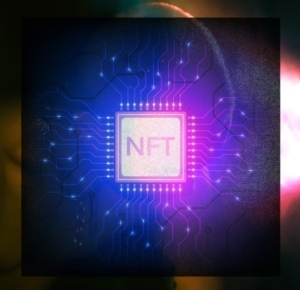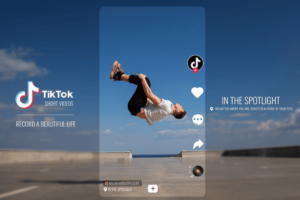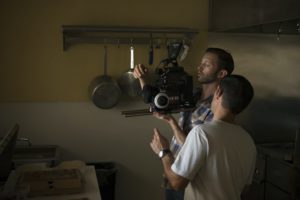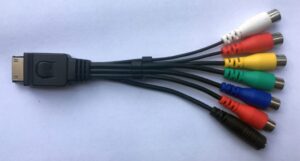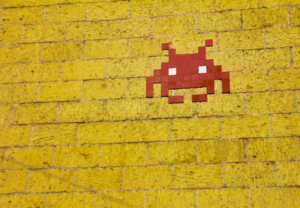Concept artists are in charge of conceptualizing and developing a wide range of creative assets in several circumstances. These artists are extremely good at what they do and must possess various abilities to succeed. This post will look at what concept artist is, what they do daily at work, how to become a concept artist and some often-asked questions about this profession.
Who is a Concept Artist?
A concept artist is a designer who envisions and develops artwork for animals, characters, vehicles, settings, and other creative materials. Modelers, animators, and VFX teams use concept art to conceptualize ideas for production. These thoughts must be brought to life by the artist’s work.
Concept artists must understand design and incorporate it into any creative effort.
The design style of a concept artist working for Pokémon will be considerably different from that of a concept artist working for Blizzard.
However, the basic procedure remains the same. The artist’s ingenuity and attention to detail allow them to design a wide range of characters, creatures, and other props for the production.
A concept artist is responsible for creating everything you see in a video game or animated film. Weapons, props, vehicles, characters, clothing, buildings, interiors, and every minute detail of the character falls into this category.
Building a strong visual library, which functions as a database of ideas, shapes, materials, textures, and other related concepts to pull from is critical for concept artists. A concept artist must often generate fresh ideas based on specific creative briefs and complete the tasks quickly.
Workflow of a Concept Artist
The artist receives a brief from the art director or creative director. This brief could include information about the character’s personality, visual characteristics, or anything pertinent to the design.
The concept artist then begins sketching preliminary ideas. They could make two, twenty, or two hundred thumbnails. However, the most crucial element is the discovery phase. This is how you get from a blank page to a finished product. The artist will begin digitally painting their thoughts to a complete render once they have come up with a few intriguing ideas.
To provide all angles for the design, the most outstanding artists include a front view, back view, and profile view of the character.
Remember the Reason Why you Want the Job
So you are interested in becoming a concept artist? There are a few more details you should know. Every day, you get to be inventive. You have the opportunity to live in your imagination. You might even get paid to play video games on occasion. You might run across a movie star or go to a movie set. Every day, you are paid to draw.
People will realize your concepts, whether they are for landing pieces or cockpit buttons, individuals, or creatures. As hundreds of individuals collaborate to put your answer to a situation on the big screen or as part of a gaming experience enjoyed by thousands, it will become more significant than the sum of its parts. You will occasionally be assigned the task of drawing a stunning, gorgeous, epic picture, a concept that may be deemed art in and of itself.
“It doesn’t feel like a job when you’re working with a cool client on a cool project,” Feng adds. He says, “Star Wars was my favorite project. The staff was fantastic, and the director was a delight to work with — the project was a dream come true. I was always cheerful when I went to work.”
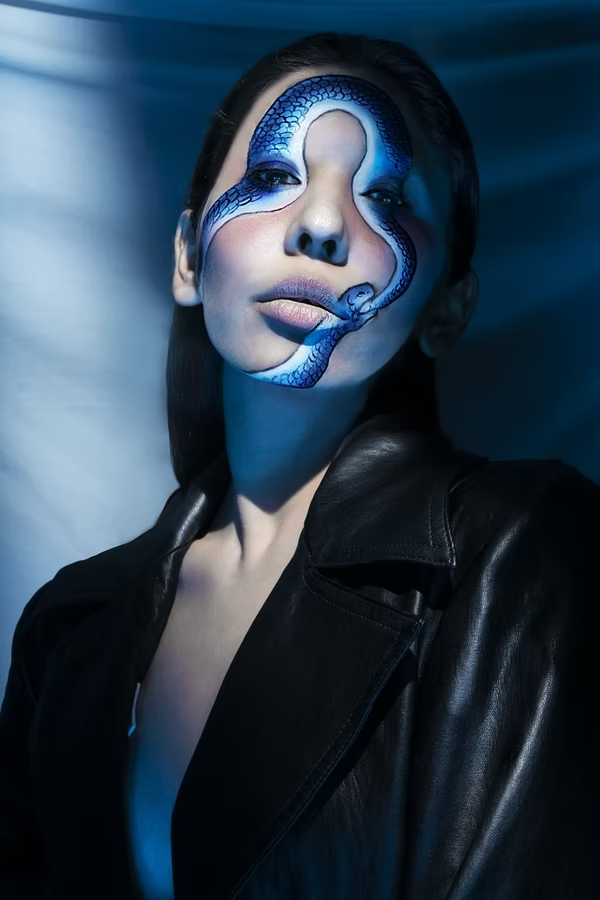
Completed pieces of art are sent to the art director, who gives feedback on the design. Then the paintings are updated for the director to make modifications.
The character’s design will be utilized as a reference for everyone else in the creative pipeline once it’s completed. Characters, animals, scenery, props, and pretty much everything else in a video game or animated film go through the same process. Many concept artists who work in animation, on the other hand, are referred to as visual development artists. This is closely related to concept art, and both occupations necessitate excellent artistic skills and a keen sense of design.
Concept art is a rapidly rising area, yet it is also fiercely competitive. Therefore, you will require expert-level art principles like perspective, anatomy, composition, light, and tone to get started as a concept artist (among other things). To captivate the realistic details that sell an idea, you will need to spend a lot of time practicing from scratch.
The majority of concept artists for video games work with a realism approach. However, concept designers for animation usually stick to the artistic style of their work projects.
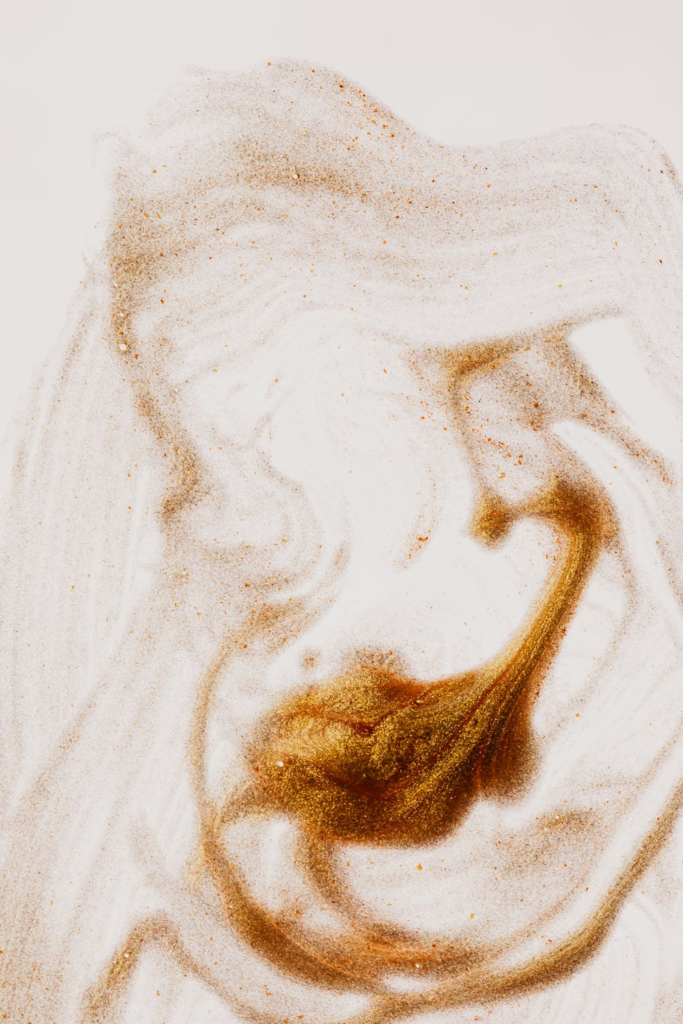
If you want to be a concept artist, you must first master the craft of painting. Concentrate on the basics and draw every day. However, good taste is required for design work. Consider yourself a product designer who produces seats, computers, laptops, vehicles, and so on. This is the same work as a concept artist, except for the goods created for digital assets.
Picking a concept art expertise and sticking to it is also beneficial. Concentrate on character design if you enjoy it. If you enjoy nature or animals, this is the path to choose. If you can design one sort of concept art exceptionally effectively, your portfolio will stand out much more. And, of course, the most important thing is to keep practicing.

Duties of a Concept Artist
While a concept artist’s specific responsibilities vary depending on their employer, the following are typical jobs that concept artists perform daily:
- Drawing concept art for various formats, including online marketing campaigns, print advertisements, and video games.
- Sketching artwork for several tasks, including architecture, clothes, and character design.
- Creating spec sheets for other animators and artists that show the math and measurements of a design.
- To present concept art, I am putting up presentation packages.
- Collaborating with other art departments or team members.
- Assisting with the design of marketing materials and creative assets.
How to Become a Concept Artist?
To pursue a career as a concept artist, you can take the following steps:
Obtain your High School Diploma
Obtaining a high school diploma or its equivalent is the first step toward a career as a concept artist. To be considered for an entry-level concept artist role, you must have at least a high school graduation.
Get a Bachelor’s Degree
A bachelor’s degree in fine arts or a similar area is the next step toward becoming a concept artist. While a bachelor’s degree is not necessarily required for companies looking for concept artists, it does provide in-depth expertise that you cannot find anywhere else. A degree program will also give you opportunities for hands-on learning and may help you form networking connections in this industry, which will be beneficial once you graduate.
Get an Art Certification
It would help if you considered getting an art certification at a post-secondary art college after completing your bachelor’s degree. While an art certification is not essential to work as a concept artist, it can help you stand out from the crowd by demonstrating your talents and abilities to companies. In addition, you will gain essential skills and experience due to your certification.
Practice Regularly
It would be best to practice drawing daily while pursuing higher education to refine your talents and perfect your artistic ability.
Make a Portfolio
You’ll need to construct a professional portfolio that exhibits your work during or shortly after graduating from a bachelor’s program. You can develop a website for your work that showcases your most incredible job and your contact information, allowing potential employers to contact you.
Include art done in the medium with which you are most comfortable while developing your online portfolio. You should also include a variety of art styles, such as machine illustrations, character sketches, schematics, and environmental art. In addition, include captions that explain how you created each artwork.
Begin Networking
The more people in your professional network you have, the more likely you are to find an open-concept artist position. Connect with other concept artists on social media sites like Twitter and Instagram. You can visit networking events related to concept art. Also, get connected with concept artists who work for organizations you would like to work with and keep your portfolio up to date with your current work regularly.
Gain some experience
To be eligible for some concept artist opportunities, you must have prior experience. Consider doing an internship with an art-related company to gain practical experience. If this is a field you think you are familiar with, you might work as a graphic designer.
Start Applying for Jobs
It is time to start applying for concept artist employment once you have built a portfolio and gained experience. You’ll most likely need to start at the bottom and work your way up. As a concept artist, the more experience you have, the more options you will have.
Work Environment for Concept Artists
The majority of concept artists work in an office setting. However, if they have the necessary equipment and their employer permits it, they can work from home. Concept artists usually report to the art director and operate as part of an art department or art team. These professionals often work regular business hours during the day and are rarely forced to travel for their jobs.
Salary of a Concept Artist
In the United States, the average annual income for a concept artist is $84,105. In addition, health insurance, stock options, flexible schedules, flexible spending accounts, and paid time off are available to full-time concept artists, depending on their job.
Job Outlook for Concept Artists
According to the US Bureau of Labor Statistics, concept designers, multimedia artists, and animators should expect a 4% increase in employment between now and 2029. This is in line with the national average for all employees in the United States. The rising need for visual effects and animation in numerous mediums such as film, television, and video games is expected to drive this expansion.
Primary Skills of a Concept Artist
Concept artists should have the following abilities:
- MAYA expertise is required.
- Design for the web
- Artistic abilities
- Imaginative abilities
- Photoshop
- Concepts for design
- Designs for video games
- Designing a character
- Visual improvement
- Ability to communicate
- ZBrush
- Modeling in three dimensions
- Anatomy
- Feedback-giving and -receiving abilities
Reasons why you are not getting hired as a Concept Artist
Careers Similar to a Concept Artist
A concept artist’s job duties are similar to those of the following professions:
- Programmer for computers
- Director of photography
- Designer of graphics
- Artist of Distinction
- Craft Artist
- Web designer
- Editor of video and film
If you are interested in concept art, there are various opportunities available. Here are several jobs that are similar to concept artists:
- Illustrator
- Artist in 2D
- Artist in 3D
- Storyboard Artist
- Visual Effects Artist
- Artwork Handler
- Art Instructor
- Creative Designer
- Graphic Designer
- Textile Designer
Essential Things to Remember for a Concept Artist
It is Not All Fun
“Concept art is not the same as drawing,” Feng Zhu explains. He’s worked on Transformers, Call of Duty, and Star Wars for almost a decade. “In truth, around 90% of our work is quite grounded and dry.” Even if you’re working on a high-profile project, the ‘fun’ stuff usually only lasts a month or two. The remaining two or three months are generally devoted to more monotonous tasks, such as figuring out how landing gear folds out or designing button layouts in a cockpit.” Only one out of every ten photos, according to Zhu, makes it to the next stage of production.

Image Source: PlayStation Store
It is About Finding Solutions
According to Christian Alzmann, it is not uncommon to work on a design for months only to have it eliminated from the finished picture. Lucasfilm’s concept design supervisor is Alzmann. He worked on Star Wars: The Force Awakens and Rogue One: A Star Wars Story. It’s not his duty to create art; it’s his responsibility to solve problems. “I need some concepts for a vehicle that flies but can’t have wings or rotors and has to fit within the style of this film sequel,” his employer would add. “It is just the arithmetic formula we use to show our answer to the problem,” Alzmann explains.

Pick and Learn Carefully
Art school is more expensive than it has ever been, and it is less significant than it has ever been. But, according to Ben Mauro, some of today’s top concept artists – notably the younger generation – are self-taught using free or low-cost web tools. 343 Industries in Seattle employs Mauro as a senior concept designer. He has worked on Halo, Call of Duty, and the new Metal Gear Solid movies.
If Mauro was to start over today, he would choose the self-taught path. Gumroad, Schoolism, and Learn Squared are among his favorite teaching sites. Still, he advises smaller specialist institutions such as Zhu’s FZD School of Design in Singapore, Concept Design Academy, The Workshop Academy, and Brainstorm School in the United States. The most important aspect is that you are learning from working professionals.
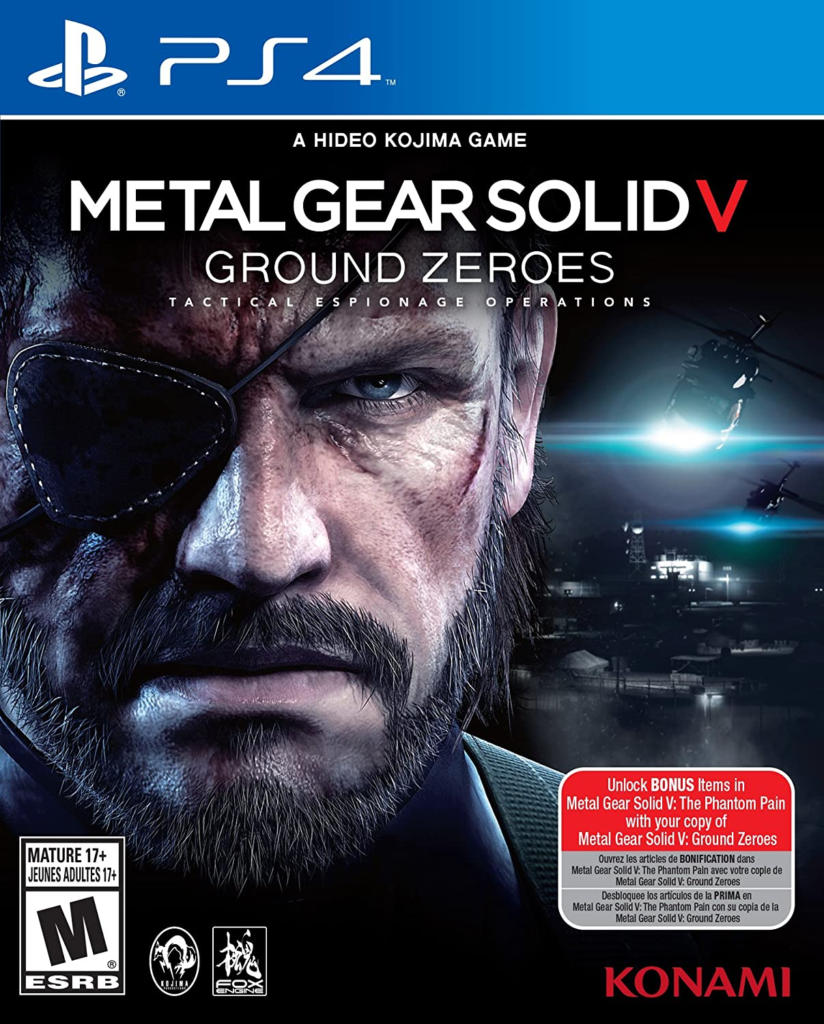
Find Your Style
Perspective and directing lighting, according to Alzmann, are two of the most crucial fundamental talents. First, you should study the frames from your favorite movies to discover how these elements are employed to tell the tale. Once you’ve mastered those, you can move on to the fun part: developing your style.
To accomplish so, Mauro recommends studying a wide range of subjects, including automobile design, architecture, fashion, cinema history, art history, biology, and so on. To summarise, don’t create “derivative works of other people’s interpretations of these things; it is best to research the source and interpret it for yourself.” Derivatives, on the other hand, are not always a terrible thing. You must be at ease dealing with the most recent design trends. It’s a delicate art of balance.
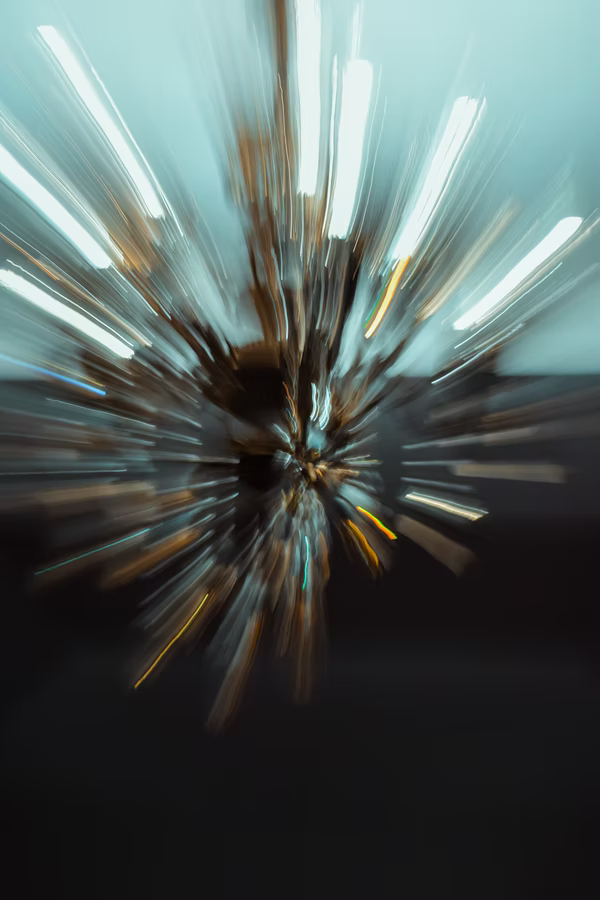
Share Your Work
Doing good work is not enough. It would be best if you also got your efforts noticed. Make time in your schedule to share your work and hunt for a job. According to Mauro, send your online portfolio to the company or franchise you want to work for when you are ready. Direct communication is preferable, but it may necessitate some detective effort.
Conventions are great locations to meet new people, and there is nothing wrong with asking them to email your portfolio to them. Otherwise, use Facebook, LinkedIn, or ArtStation to find your searches. If you cannot identify a contact, try piecing it together by determining how that company’s email addresses are formatted (does it start with the first name or the last name?). Finally, send one or two polite follow-up emails after sending cordial, professional emails.
Work on Your Portfolio
Your portfolio should demonstrate that you are ready to start right away and that you are familiar with the company’s culture. You might also create a portfolio that showcases your distinct style. This is a little riskier, but your type of specialization must be what that firm needs precisely right now.
According to Zhu, concept artists might work in three different roles:
- Seniors “rarely engage in heavy labor jobs” and create “world-building photographs such as main characters and environment establishing shots.”
- Mid-level design characters and surroundings, but they must still roll up their sleeves and undertake labor-intensive work.
- Juniors undertake heavy lifting, such as developing variations, orthographic, line drawing cleanup, and line detail extraction from digital paintings made by seniors or freelancers.
Work on Your Communication Skills
Mauro feels that being talented in the arts is only half of the equation. You must be an excellent communicator. This talent is especially vital if you’re an off-site freelancer because you’re unlikely to be able to communicate with individuals face-to-face. You must understand how to provide the client with what they desire. You may need to assist the client in determining what they want on occasion.
Be Adaptable and Dynamic
Most of the time, deadlines are stringent. For example, you get a brief on Monday, finalize it on Thursday, and meet or chat with the customer on Friday. Therefore, your idea designs should address and anticipate challenges for everyone on the assembly line: Is it possible for the actor to engage with it, for example? Is it possible for the cameraman to create incredible images using it? Is it possible for the director to use it to generate better, more compelling story moments?
Conclusion
Concept art is a highly competitive field, but it is also a creative job that makes your profession enjoyable. Seeing concepts, building comprehensive designs, and watching them come to life is a truly magical job that you cannot duplicate.
